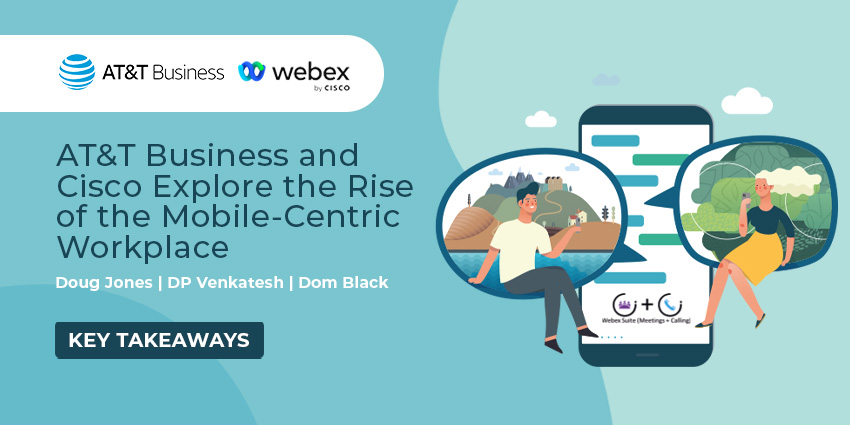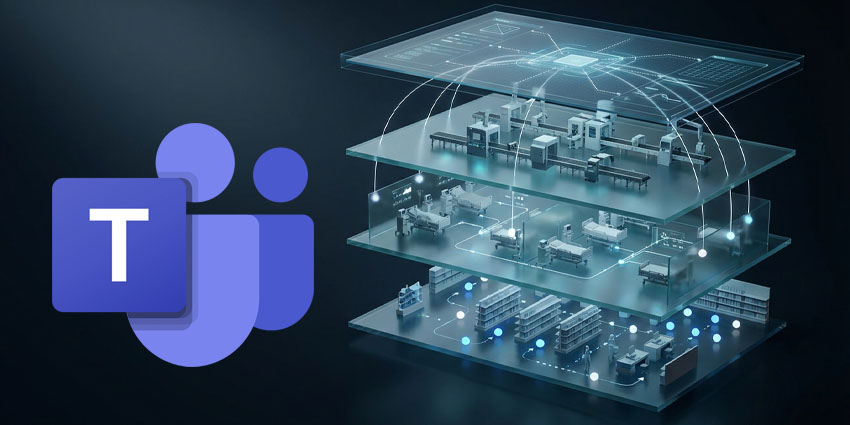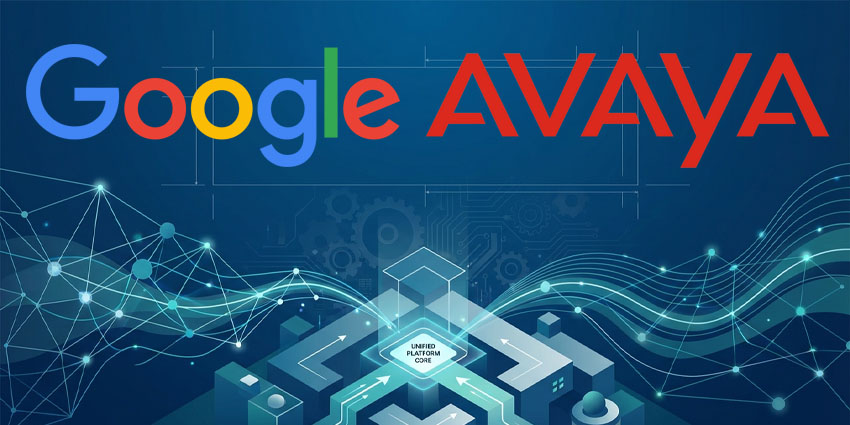Mobility in the workplace isn’t a new concept, particularly in today’s world, where every employee needs flexibility in the way they communicate and collaborate. According to a report by the Cavell group, there were more than 1 million mobile-enabled cloud communications users in 2022 – a number that’s expected to increase to 7.3 million by 2027.
Despite this, while fixed mobile convergence (FMC) solutions have been available for years, they’ve often been unable to offer the cost-effective, secure, and user-friendly experience companies need.
Cisco and AT&T Business are working to address this problem, with their new combined “mobile-first” offering, aligning Webex Go, with AT&T Business 5G mobile telephony.
We explored the challenges that Cisco and AT&T Business are working to overcome in our recent webinar: “The Rise of the Mobile Centric Workplace.”. Here, Doug Jones, AVP of Product Management at AT&T Business, DP Venkatesh, VP/GM of Digital, SMB and strategic partners at Cisco, and Dom Black, Director of Research for the Cavell Group shared their thoughts.
Here are some of the top takeaways. Alternatively, watch the full webinar here.
The Evolution of Fixed Mobile Convergence
Fixed Mobile Convergence (FMC) has emerged in multiple forms throughout the business communications landscape for several years. However, it’s only recently that companies have begun to take a “mobile-first” approach to connecting their employees.
Around 62% of employees now believe mobile devices are crucial to their productivity at work. An influx of new “employee personas”, from field workers to hybrid workers is contributing to this change. Increasingly, the mobile device is becoming the ultimate portal for both business and personal communications. As Dom noted:
“We talk often about collaboration and how it’s driving productivity, but there are a lot of workers that are often left out of the story as well. I think mobile connectivity is really the key to enabling every employee to take part in crucial conversations.”
The Problems with Enabling True Mobility
While companies have had access to mobile connections and over-the-top apps in the FMC landscape for some time, numerous hurdles have hampered adoption.
User expectations are changing, companies are facing more stringent security and compliance standards, and communication channels are evolving.
1. The User Experience Issue
Today’s employees want simplicity. They want a communication solution that “just works”, and delivers a native, convenient experience, without endless hoops to jump through. At the same time, business leaders are searching for ways to simplify the integration of mobile solutions.
Cisco and AT&T Business are working to deliver a better mobile experience to everyone.
“We’ve integrated our systems between Webex and AT&T Business so it’s just a one-step provisioning process. You go into your Webex Control Hub, pull in your wireless numbers, and assign them to users instantly.”
With AT&T Business and Cisco’s solution, there aren’t multiple portals to manage, there’s no need to provision anything complex, or train teams to use new services. There’s no app to load, the phone just rings, like any other phone, but the call is converted into a Webex call, available on any endpoint, and connected to your business number.
“We’ve done all the hard work behind the scenes, to make the connection between Webex and AT&T Business invisible to the end user. It just works, almost like magic”.
2. The Cost of Mobility
With an uncertain economy to navigate, companies need to accomplish more with less. Most organizations today can’t afford to invest in complex new technologies with high implementation costs. Webex and AT&T Business have once again addressed this issue.
As Doug noted, “This is a free capability. You just need your AT&T [wireless phone and your Webex subscription, there’s nothing else to pay for.”
There’s nothing extra to buy, no additional contracts to manage. Businesses can simply access all the mobile functionality they need with their existing services. For today’s companies, this significantly reduces the barrier to entry for mobility. The solution actually reduces overall operating costs.
There’s only one number to pay for, instead of multiple desk phones and UC apps. Plus, companies benefit financially from the productivity boost that comes with giving employees a truly aligned ecosystem for managing calls, meetings, and more.
3. Security in the Mobile World
Enterprise mobility is very different to “mobility in general”. While employees can communicate through their smartphone device with apps like WhatsApp, this strategy comes with significant privacy, compliance, and security concerns.
With AT&T Business and Webex Go, companies gain an enterprise-grade solution that secures the mobile device from a network perspective, and offers holistic visibility. As Dom told us:
“Bringing native integration with the AT&T mobile network to the Webex App means users can track calls being recorded and logs, from a compliance perspective.”
Doug told us that improving compliance wasn’t a main focus for Cisco when they began exploring the partnership. However, the more the company worked with trial customers, the more attuned they became to the lack of control companies had over their employees devices.
Giving these organizations more power to eliminate issues like Shadow IT, and preserve compliance with recording and insights, ensures they can avoid data breaches, and regulatory fines.
4. Guaranteeing Communication Quality
Aligned with the “user experience” issue, is the problem of unpredictable voice quality with previous FMC solutions and over-the-top apps. With the integrated AT&T wireless and Webex network, companies can ensure their employees and customers get a consistent experience.
The solution prioritizes voice traffic above other traffic on the network, to enhance the user experience. Even the application sharing, and video components of the solution can be prioritized on the network, to guarantee users have numerous ways to communicate and collaborate.
“So, your Webex experience is going to be better than anything else, because of that prioritization. The infrastructure is as solid as possible.”
5. Adapting to Evolving Technologies
One of the reasons the demand for a “true” mobile-first experience is growing in the business landscape, is that technology is evolving on a phenomenal scale. We now have more ways to communicate and collaborate than ever before, and more opportunities offered by AI.
However, all of these innovations come with risks and challenges to address. For instance, as DP noted, one major concern with AI comes from the issue of “deepfakes”. It’s not just email conversations that are affected by deepfakes, but voice calls too.
That’s one of the reasons the Webex solution comes with AI technology integrated into the platform, for authentication, detection, and security.
Building a Business Case for Webex Go with AT&T Business
Ultimately, the world of work is changing, and mobility will be a crucial part in ensuring the ongoing productivity and connectivity of teams.
Doug told us that we’re moving towards an era where the lines between mobile devices, networks, and UCaaS/CCaaS platforms will become increasingly blurred. According to him, this transformation will be spurred on by the rise of AI technologies, an increasing focus on security and compliance, and the evolution of user expectations.
“We’re introducing the first true FMC solution, but this won’t be our last ‘first’, we’re already collecting good feedback from trial customers, and you’ll see some announcements coming from us soon about our strategies to deliver an even more enriched experience.”







